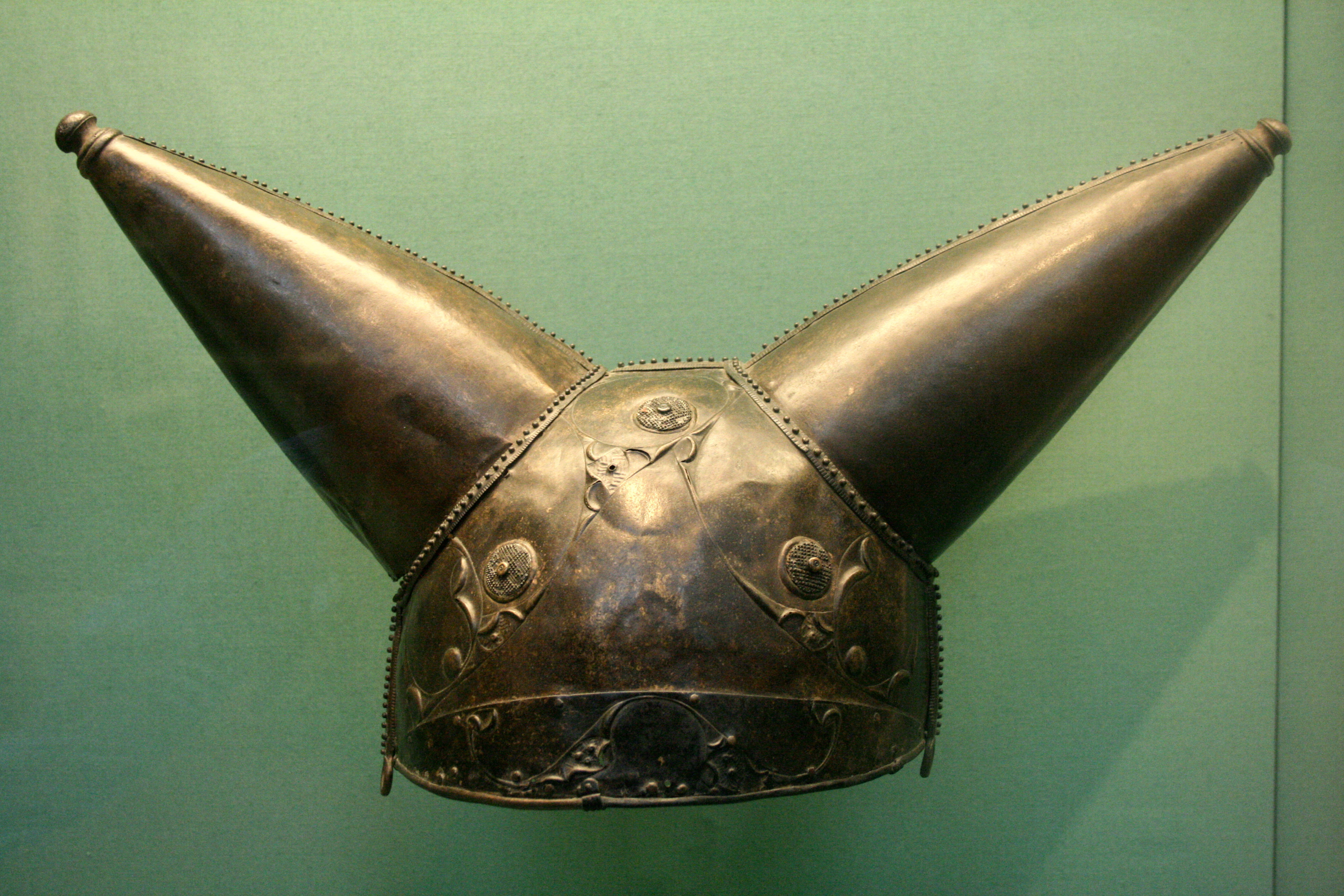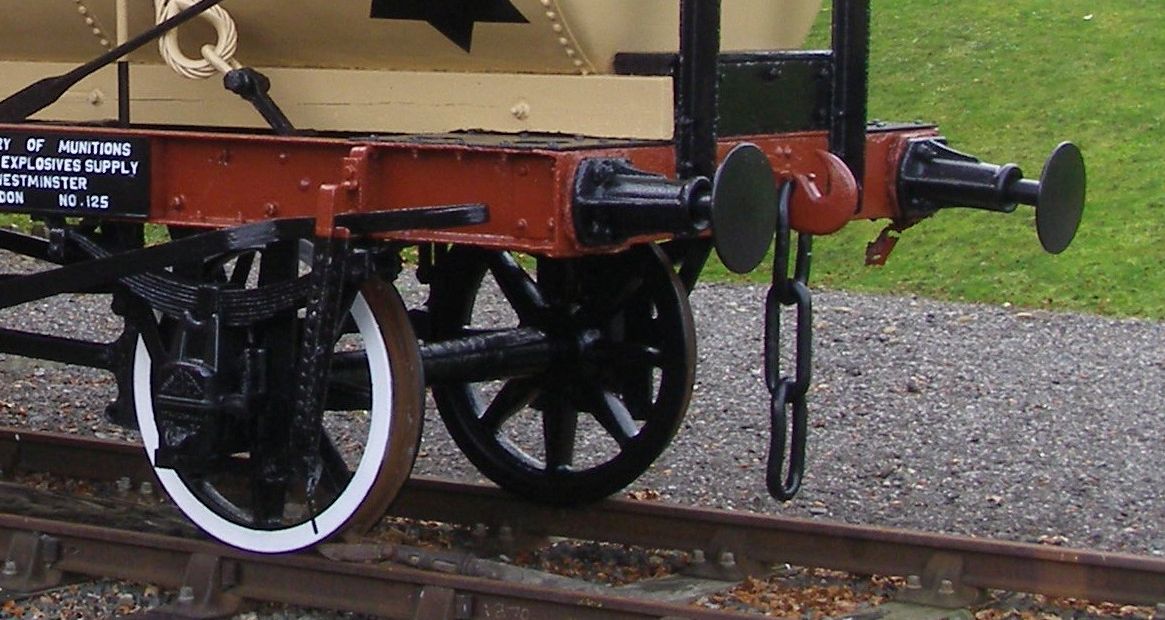|
Flying Switch
A slip coach, slip carriage or slip portion in Britain and Ireland, also known as a flying switch in North America, is one or more carriages designed to be uncoupled from the rear of a moving train. The detached portion continued under its own momentum following the main train until slowed by its own guard using the brakes, bringing ''the slip'' to a stop, usually at the next station. The coach or coaches were thus said to be ''slipped'' from the train without it having to stop. This allowed the train to serve intermediate stations, without unduly delaying the main train. Slip coaches as described above were mainly used in Britain and Ireland from 1858 until 1960; for most of this period there was serious competition between railway companies who strove to keep journey times as short as possible, avoiding intermediate stops wherever possible. Competition increased as locomotives became bigger and able to haul heavier trains at faster speeds for longer distances, trains no longe ... [...More Info...] [...Related Items...] OR: [Wikipedia] [Google] [Baidu] |
South Eastern Railway (England)
The South Eastern Railway (SER) was a railway company in south-eastern England from 1836 until 1922. The company was formed to construct a route from London to Dover. Branch lines were later opened to Tunbridge Wells, Hastings, Canterbury and other places in Kent. The absorbed or leased other railways, some older than itself, including the London and Greenwich Railway and the Canterbury and Whitstable Railway. Most of the company's routes were in Kent, eastern Sussex and the London suburbs, with a long cross-country route from in Surrey to Reading, Berkshire. Much of the company's early history saw attempts at expansion and feuding with its neighbours; the London Brighton and South Coast Railway (LBSCR) in the west and the London, Chatham and Dover Railway (LCDR) to the north-east. However, in 1899 the agreed with the to share operation of the two railways, work them as a single system (marketed as the South Eastern and Chatham Railway) and pool receipts: but it w ... [...More Info...] [...Related Items...] OR: [Wikipedia] [Google] [Baidu] |
City Of London
The City of London, also known as ''the City'', is a Ceremonial counties of England, ceremonial county and Districts of England, local government district with City status in the United Kingdom, city status in England. It is the Old town, historic centre of London, though it forms only a small part of the larger Greater London metropolis. The City of London had a population of 8,583 at the 2021 United Kingdom census, 2021 census, however over 500,000 people were employed in the area as of 2019. It has an area of , the source of the nickname ''the Square Mile''. The City is a unique local authority area governed by the City of London Corporation, which is led by the Lord Mayor of London, Lord Mayor of the City of London. Together with Canary Wharf and the West End of London, West End, the City of London forms the primary central business district of London, which is one of the leading financial centres of the world. The Bank of England and the London Stock Exchange are both ba ... [...More Info...] [...Related Items...] OR: [Wikipedia] [Google] [Baidu] |
Farringdon Station
Farringdon () is an interchange station located in Clerkenwell, London, England, in the London Borough of Islington, just outside the boundary of the City of London for London Underground, Elizabeth line and National Rail services. The station is served by the London Underground on the Circle, Hammersmith & City, and Metropolitan lines between and stations, the Elizabeth line between and stations, and the Thameslink route between and . Opened in 1863 as the terminus of the Metropolitan Railway, the world's first underground passenger railway, Farringdon is one of the oldest surviving underground railway stations in the world. History The station was opened on 10 January 1863 as the terminus of the original Metropolitan Railway, the world's first underground metro line. The station, initially named Farringdon Street, was originally a short distance from the present station building. The line ran from the Farringdon area to , a distance of . The station was relocat ... [...More Info...] [...Related Items...] OR: [Wikipedia] [Google] [Baidu] |
Rail Directions
Rail directions are used to describe train directions on rail systems. The terms used may be derived from such sources as compass directions, altitude directions, or other directions. These directions are often specific to system, country, or region. Radial directions Many rail systems use the concept of a centre (usually a major city) to define rail directions. Up and down In British practice, railway directions are usually described as "up" and "down", with "up" being towards a major location. This convention is applied not only to the trains and the tracks, but also to items of lineside equipment and to areas near a track. Since British trains run on the left, the "up" side of a line is usually on the left when proceeding in the "up" direction. On most of the network, "up" is the direction towards London. In most of Scotland, with the exception of the West and East Coast Main Lines, and the Borders Railway, "up" is towards Edinburgh. The Valley Lines network around Cardif ... [...More Info...] [...Related Items...] OR: [Wikipedia] [Google] [Baidu] |
Flying Dutchman (train)
The ''Flying Dutchman'' was a named passenger train service from Paddington station, London Paddington to . It ran from 1849 until 1892, originally over the Great Western Railway (GWR) and then the Bristol and Exeter Railway. As the GWR expanded, the destination of the train changed to and briefly to . Early history The name ''Flying Dutchman'' has a convoluted history. In common with many steam and diesel locomotives such as a London and North Eastern Railway LNER Gresley Classes A1 and A3, A1s and British Rail British Rail Class 55, Class 55 'Deltic', the ''Flying Dutchman'' was named after The Flying Dutchman (horse), The Flying Dutchman, a famous racehorse, which had won both the Epsom Derby, Derby and St. Leger Stakes, St. Leger in 1849. The racehorse was in turn named after the famous Dutch Admiral Tromp. In 1845 the 09:30 morning express train between Paddington station, London Paddington and was taking 5 hours with stops at , Bath Spa railway station, Bath, Bristol T ... [...More Info...] [...Related Items...] OR: [Wikipedia] [Google] [Baidu] |
Bristol & Exeter Railway
The Bristol and Exeter Railway (B&ER) was an English railway company formed to connect Bristol and Exeter. It was built on the broad gauge and its engineer was Isambard Kingdom Brunel. It opened in stages between 1841 and 1844. It was allied with the Great Western Railway (GWR), which built its main line between London and Bristol, and in time formed part of a through route between London and Cornwall. It became involved in the British Gauge War, a protracted and expensive attempt to secure territory against rival companies supported by the London and South Western Railway (LSWR) which used the narrow gauge, later referred to as ''standard gauge''. At first it contracted with the GWR for that company to work the line, avoiding the expense of acquiring locomotives, but after that arrangement expired in 1849, the B&ER operated its own line. It opened a number of branches within the general area it served: to Clevedon, Cheddar, Somerset, Cheddar, Wells, Somerset, Wells, Weston-sup ... [...More Info...] [...Related Items...] OR: [Wikipedia] [Google] [Baidu] |
Buffers And Chain Coupler
Buffers and chain couplers (or couplings) – also known as "buffers and screw", "screw", and "screwlink" – are the de facto International Union of Railways (UIC) standard railway coupling used in the EU and UK, and on some railways in other parts of the world, such as in South America and India, on older rolling stock. Buffers and chain couplers are an assembly of several devices: buffers, hooks and links, or turnbuckle screws. On the modern version of the couplers, rail vehicles are mated by manually connecting the end link of one chain which incorporates a turnbuckle screw into the towing hook of the other wagon, drawing together and slightly compressing the Buffer (rail transport), buffer pairs, one left and one right on each headstock. That limits slack, and lessens Shunting (rail), shunting shocks in moving trains. By contrast, vehicles fitted with the semi-automatic Janney coupler, Janney Type E coupler can experience significant jarring during mating and shunting. V ... [...More Info...] [...Related Items...] OR: [Wikipedia] [Google] [Baidu] |
Cornish Riviera Express
The ''Cornish Riviera Express'' is a British express passenger train that has run between London Paddington and Penzance in Cornwall since 1904. Introduced by the Great Western Railway, the name ''Cornish Riviera Express'' has been applied to the late morning express train from London to Penzance continuously through nationalisation under British Rail and privatisation under First Great Western, only ceasing briefly during the two World Wars. The name is also applied to the late morning express train running in the opposite direction from Penzance to London. Through performance and publicity the ''Cornish Riviera Express'' has become one of the most famous named trains in the United Kingdom and is particularly renowned for the publicity employed by the Great Western Railway in the 1930s which elevated it to iconic status. Today it is operated by the Great Western Railway train operating company. History Through trains from London Paddington to Penzance began running ... [...More Info...] [...Related Items...] OR: [Wikipedia] [Google] [Baidu] |
Railway Clearing House
The Railway Clearing House (RCH) was an organisation set up to manage the allocation of revenue collected by Railways Act 1921, pre-grouping railway companies for the conveyance of passengers and goods over the lines (or using the rolling stock) of other companies. It went on to become the major regulatory body overseeing the day-to-day running of railways in Great Britain and setting common standards for railway companies, which ensured their safety and interoperability. The RCH also produced fare structures governing many aspects of rail transport at a national level and set limits on price increases for passenger travel. Rationale When passengers travelled between two stations on the same railway, using trains provided by the same company, that company was entitled to the whole of the fare. Similarly, when goods were consigned between two stations on the same railway, using wagons provided by the same company, that company was entitled to the whole of the fee. However, when c ... [...More Info...] [...Related Items...] OR: [Wikipedia] [Google] [Baidu] |
Cooke And Wheatstone Telegraph
The Cooke and Wheatstone telegraph was an early electrical telegraph system dating from the 1830s invented by English inventor William Fothergill Cooke and English scientist Charles Wheatstone. It was a form of needle telegraph, and the first telegraph system to be put into commercial service. The receiver consisted of a number of needles that could be moved by electromagnetic coils to point to letters on a board. This feature was liked by early users who were unwilling to learn codes, and employers who did not want to invest in staff training. In later systems, the letter board was dispensed with, and the code was read directly from the movement of the needles. This occurred because the number of needles was reduced, leading to more complex codes. The change was motivated by the economic need to reduce the number of telegraph wires used, which was related to the number of needles. The change became more urgent as the insulation of some of the early installations deteriorat ... [...More Info...] [...Related Items...] OR: [Wikipedia] [Google] [Baidu] |








